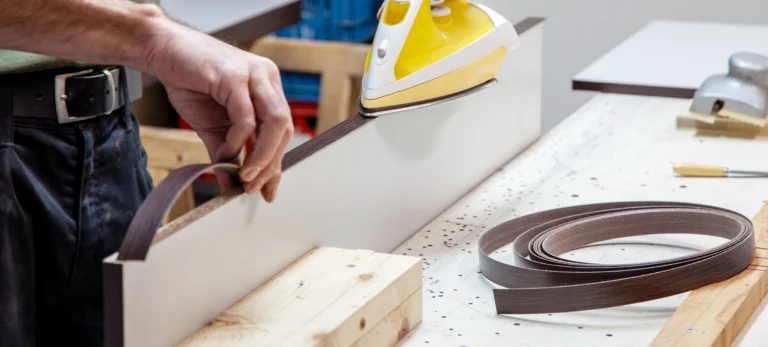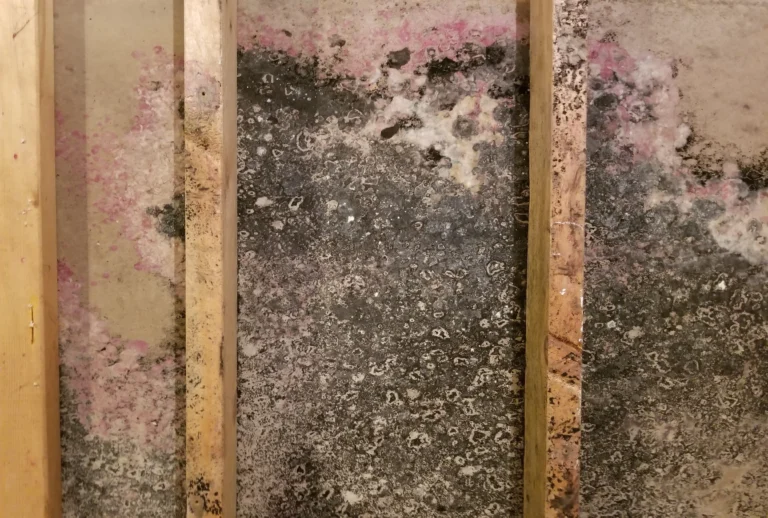There is nothing quite as rewarding as finishing a paint job for your space. Whether it’s on the walls, ceilings, or floors, building your project from the ground up and seeing it come to life is an accomplishment on your end.
But what happens next, especially with the clutter that might have accumulated and the excess products that have not been used? This is where paying attention to guidelines regarding proper disposal, especially those of paint thinner, comes in. While the mentioned product does have its advantages for many projects, some problems can arise if it is not handled properly, especially after being used.
If you are done using your paint thinner or have items that are past their prime, take this as your sign to dispose of them. Continue reading to learn how to safely dispose of paint thinner without setting you and your surrounding environment in harm’s way.
What Is Paint Thinner Used for Anyway?
As its name implies, this product is used to thin out paint from brushes, rollers, or other tools. A paint thinner, like Island Chemicals’ GI Paint Thinner, can be helpful if you plan to use a sprayer that requires thinned-out versions of typical paint to create or achieve the desired finish for a project.
Paint thinner can also be used to entirely remove paint from the mentioned tools. This product often contains solvents like turpentine, acetone, naphtha, toluene, and xylene that can break down oil found in paints, primers, and stains. As a result, paint on tools and surfaces can be removed easier.
Why Learn How to Dispose of Paint Thinner Properly?
Many products used in the construction and painting of homes, offices, and other spaces are often made with potent chemicals that can emit strong odors, cause side effects and illness on human skin, and trigger environmental problems that can affect both flora and fauna.
In fact, people are strongly advised to refrain from pouring paint thinner down drains, storm drains, or septic tanks, mainly because the chemicals in these products can contaminate groundwater.
These possible issues are the reasons why industry experts, even if they sound like broken records at one point, remind people to read and follow guidelines regarding the safe and proper disposal of chemical-based products that come with the product.
Try to Recycle Your Paint Thinner
Did you know that you can recycle paint thinners and reuse them? The act of recycling has advantages, and that can apply to paint thinners too.
First, when you recycle paint thinner, there’s less need to spend money on new products, allowing you to save some bucks in the process. Second, this means that you don’t have to spend that much time learning how to dispose of used paint thinner. Instead, you can focus your time and energy on learning other tasks, project-related or otherwise. To “recycle” your paint thinner, you will need these items:
- A clean and clear container that can fit the remaining paint thinner you have, also labeled with the type of paint thinner and the date of the start of the recycling process
- Safety equipment like gloves, face masks, and goggles that can help protect you from harmful chemicals
- A well-ventilated area so the mentioned chemicals won’t get trapped in the space
Once these tools are ready, pour the paint thinner into the container. Tightly seal the container and store it in an area away from children and pets, as well as flammable and heat-radiating materials. This will allow the remaining paint or other matter to sink to the bottom of the container with the paint thinner. This residue accumulates there until you are ready to use the thinner again.
If you have to use paint thinner again and there is residue at the bottom, you can filter it out. Be ready again with some coffee filters, another clean and labeled container, your protective equipment, and a well-ventilated work area.
Line the new container with the coffee filters, making sure there is room for the liquid to pass through. Slowly pour the paint thinner towards the new container, allowing the filters to gather the residue left from the first container.
Once every last drop has been thoroughly filtered, tightly seal the new container with the clean paint thinner and store it properly away from kids and pets, heat, and flame. As for the residue you gathered, you can let the waste dry completely first before wrapping it in newspaper and disposing of it with regular trash.
Another way to “recycle” your paint thinner is to give someone else an opportunity to use it. If you have excess paint thinner that is still of good quality (unused or otherwise), why not ask a neighbor or a friend if they need it? If they do, you can offer to give it to them at minimal or no cost. Don’t forget to remind them as well about the proper ways you are supposed to handle and dispose of the paint thinner.
Find a Hazardous Waste Facility Near You
If it’s not possible to recycle the paint thinner anymore, or you have already recycled it and want to dispose of containers with traces of it, look for a waste facility that can help you dispose of hazardous waste.
But when should you be looking for a facility that does this task near you? Ideally, if the waste you have to dispose of falls under these categories:
- If the dried residue left over from a container that held paint thinner is quite thick
- Note: If the container that held the paint thinner is empty, is completely dry, and only contains less than an inch of paint residue at the bottom of it, you can throw it together with regular trash
- Household rags that were used to clean paint thinner
- Note: Before bringing rags to the hazardous waste facility, let them dry flat first in a well-ventilated area where they will not be carried away by the wind. Afterward, seal the rags in a fireproof pouch or container. You can also fill a metal, watertight container (like a paint can) with rags and water to lessen the risk of combustion. Use a hammer to tap the can’s edges to seal it tightly.
Where exactly are these waste facilities in the Philippines? You can ask your local government units (LGUs) for help in locating them or contact private businesses that have a proven track record of following government guidelines regarding the proper handling of these products.
Truly, using the right type of paint that can help deliver results can help deliver a sense of accomplishment. However, it is important to remember the responsibilities that come with using it, as well as other products needed for building and painting your project. The proper handling and disposal of these products are vital to ensuring that your project does not harm surrounding events.
With Island Chemicals, you can learn more about the proper ways to handle paint thinner from the start of a project to its conclusion while keeping you and others safe. Check out these tips as well, which can help you understand how to use chemical-based products to improve the quality of surfaces in your home or office and make sure they last for years to come.





